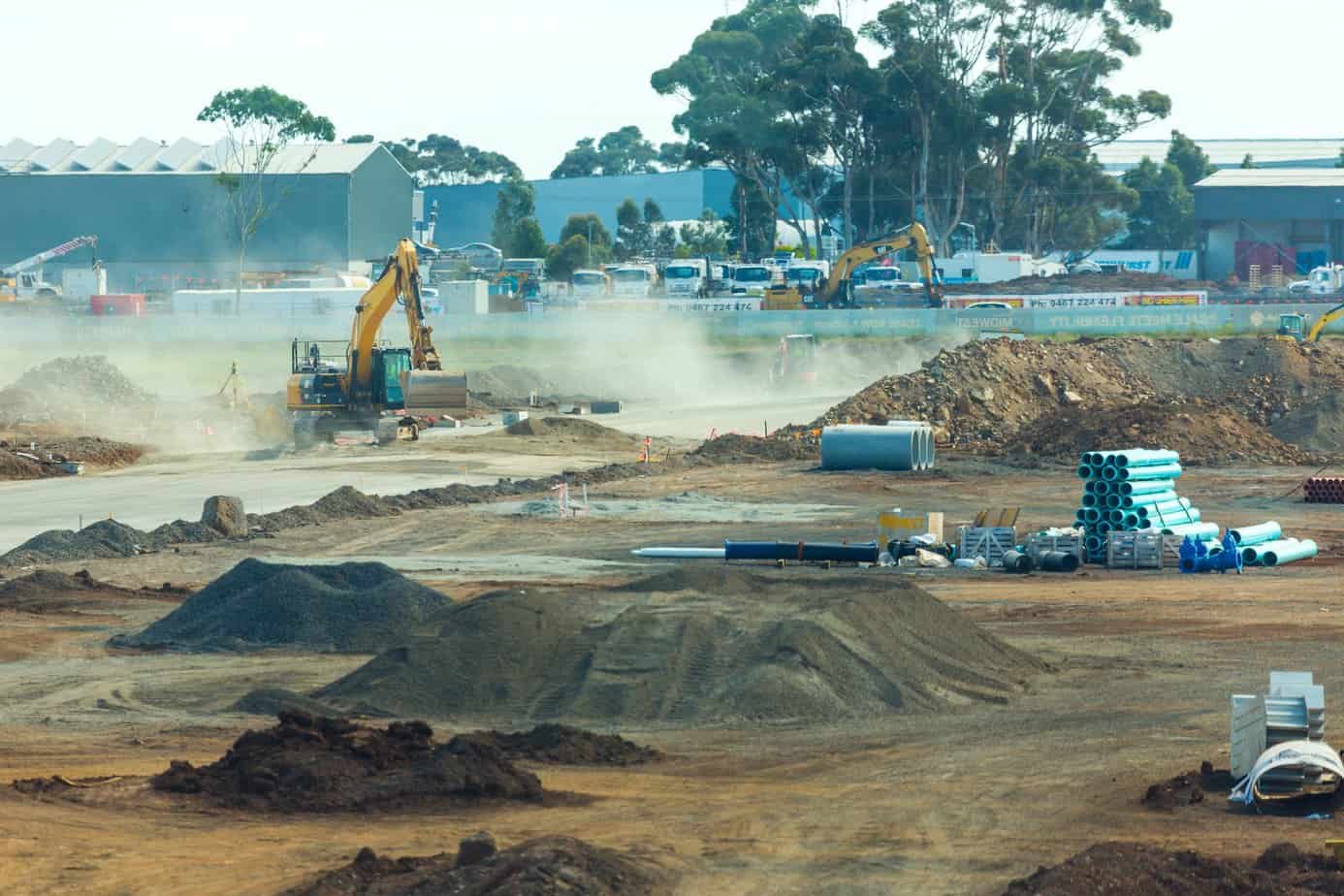
On many plots of land you can see water ponding. This usually happens about heavy rainfall. What should be done then?
Ponding water on plots of land is often a big problem for their owners. Sometimes all it takes is several minutes of heavy rain for huge puddles to appear. Waterlogging of the plot is caused by impermeability of the ground, inadequate maintenance of drainage ditches or short distance from water bodies. All this is very problematic, and the first difficulties appear already during the construction of the house. Therefore, it is important to perform land drainage.
There are several methods of land drainage. The most popular is band drainage. It consists in placing preformed pipes and inspection wells on the plot. What is important is their size, which should always be determined by a professional. The right diameter will ensure that they do not clog. Thanks to the pipes and manholes, the water is then discharged into storm drains or water reservoirs.
Another way to drain the land is to make a rope drainage. This is quite a good method if water accumulates due to heavy rains. This method involves placing special troughs in the ground, which are covered with grates on top. However, for this method to be effective, a proper slope of the land is necessary.
If you have soil on the plot with poor permeability and water stands only after heavy rains, seepage boxes can also be helpful. They are made of plastic and are designed to collect water so that it can later be distributed into the ground. They are arranged in modules, although it all depends on how our plot is developed. The boxes are later properly protected, they are usually covered with geotextile and covered with gravel. According to regulations, the boxes should be placed a minimum of two meters from the property.
If you have clay soil, then the best solution will be a well into which rainwater will flow. It can be built between the drain pipes, from which water will flow into it.
Such an absorption well should not be built close to the well from which drinking water is drawn.
When making a plot drainage, you need to remember that rainwater must not be discharged into the domestic sewage system, from which sewage goes to the treatment plant. This is because in the event of heavy rainfall, the sewage treatment process could be disrupted, which in turn could contribute to the failure of the entire network.
It is also obvious that rainwater must not be diverted onto a neighboring plot. And this must not be done not only through pipes, but also by piling up the soil respectively. If we do not comply with this, then the neighbor can sue us.
main photo: unsplash.com/Troy Mortier